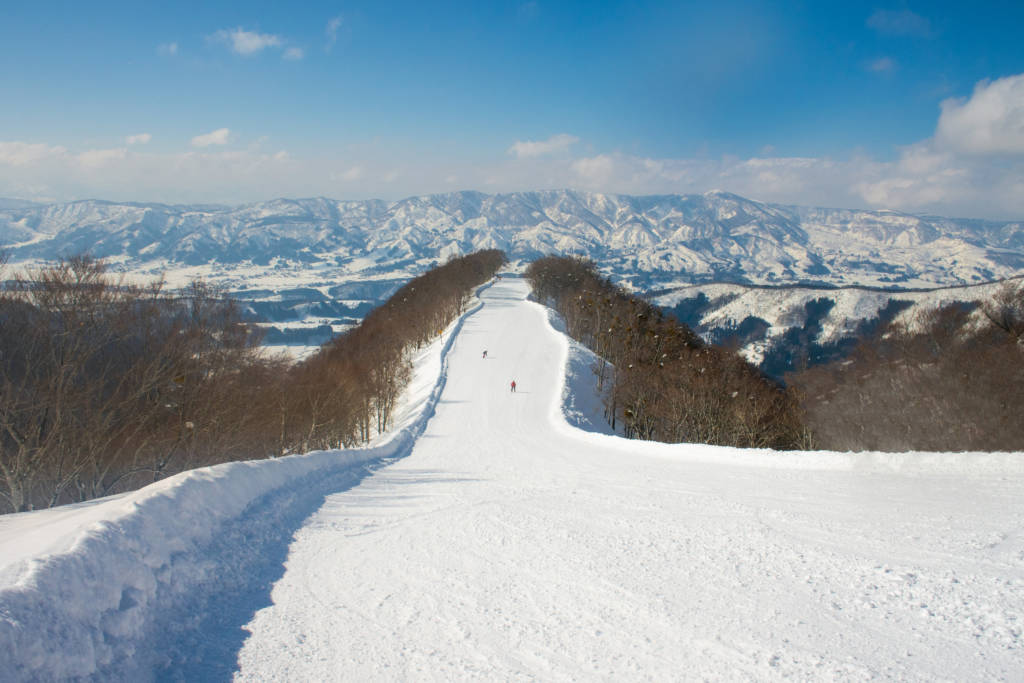Christmas in Japan is a little wacky. Stores deck the halls with boughs of holly, baubles and the rest, and carols float out over the speakers. There are beautifully illuminated Christmas trees, and you can find roast chestnuts, mulled wine and all of the other ingredients for a winter wonderland. Except it’s not religious, it’s not a holiday, and it’s not really about family — although that is slowly changing.
The evening of the 24th sees celebrations, but these usually involve romantic Xmas dinners for couples at KFC. Incidentally, it’s also one of the busiest nights for love hotels. Here’s a look at the making of Xmas in Japan.

1549: St. Francis Xavier comes to Japan, tries to bring Christianity with him
St. Francis Xavier rolled into Kagoshima as Japan’s first Jesuit missionary. Despite some success in converting Japanese people to Christianity, the land’s Buddhist and Shinto religions won out — and even today, just 1.5% of the population are Christian. It’s believed that the first Christmas celebrations in Japan were held in the first few years after St. Francis Xavier’s arrival.
1614: Christianity is banned, Christmas is canceled
Increasingly suspicious of Christianity, the shogun Tokugawa Ieyasu banned the religion, and practitioners were badly persecuted. Christmas fell away, except perhaps in celebrations by secret Christians — kakure Kirishitan.

1871 (estimated): Japan re-opens its doors to the world, Santa Claus is back in town
When Japan re-opened its doors to the world during the Meiji Restoration (from 1868 onward), a lot of big changes took place. One of these was the enshrining of religious freedom, which meant that Christianity and customs like Christmas could be practiced once again.
1939-1945: WWII means bad business for “American” Christmas
During World War II, all things deemed American and celebratory fizzled out — including, it would seem, Christmas.

Post-war period: Christmas cake’s big break
With the American influence in the years of rebuilding after the war, Christmas suddenly exploded into a popular event — albeit a secular, commerce-oriented one (wait, what’s so different about that?). The Japanese version of a traditional Christmas cake emerged, and was established as a central feature of Xmas celebrations that you’ll still see today.
A Japanese Xmas cake is typically a round sponge cake decorated with red and white icing (have you had a look at the Japanese flag recently?), and is eaten by families and couples alike on Christmas Eve or Christmas Day. Here’s an academic paper on the cake, if you’re interested. Stollen has also became a popular Xmas treat.
1974: “Kentucky for Christmas!” – KFC becomes the holiday meal of choice
Word is that a bunch of foreign tourists were wandering around looking for turkey for their Christmas dinner but couldn’t find any, so they settled on fried chicken. KFC’s marketing department heard about this and decided to punt their food as the Christmas meal, using the rather unremarkable slogan “Kentucky for Christmas!” And that was that — the whole country adopted a new Christmas tradition that continues today.
People order their slightly-fancier-than-usual finger-licking-good meals months in advance and enjoy them with wine or champagne — and of course, a slice of that Christmas cake.

Present day: Illuminations, markets and Christmas cheer abound
You’ll be hard-pressed to avoid the Christmas season in Japan nowadays. Decoration-donning stores, elaborate light-ups, German-style Christmas markets — and of course Colonel Santa — can be found at every turn.
While we do our best to ensure it’s correct, information is subject to change. Post first published in December 2016. Last updated in December 2023.






























